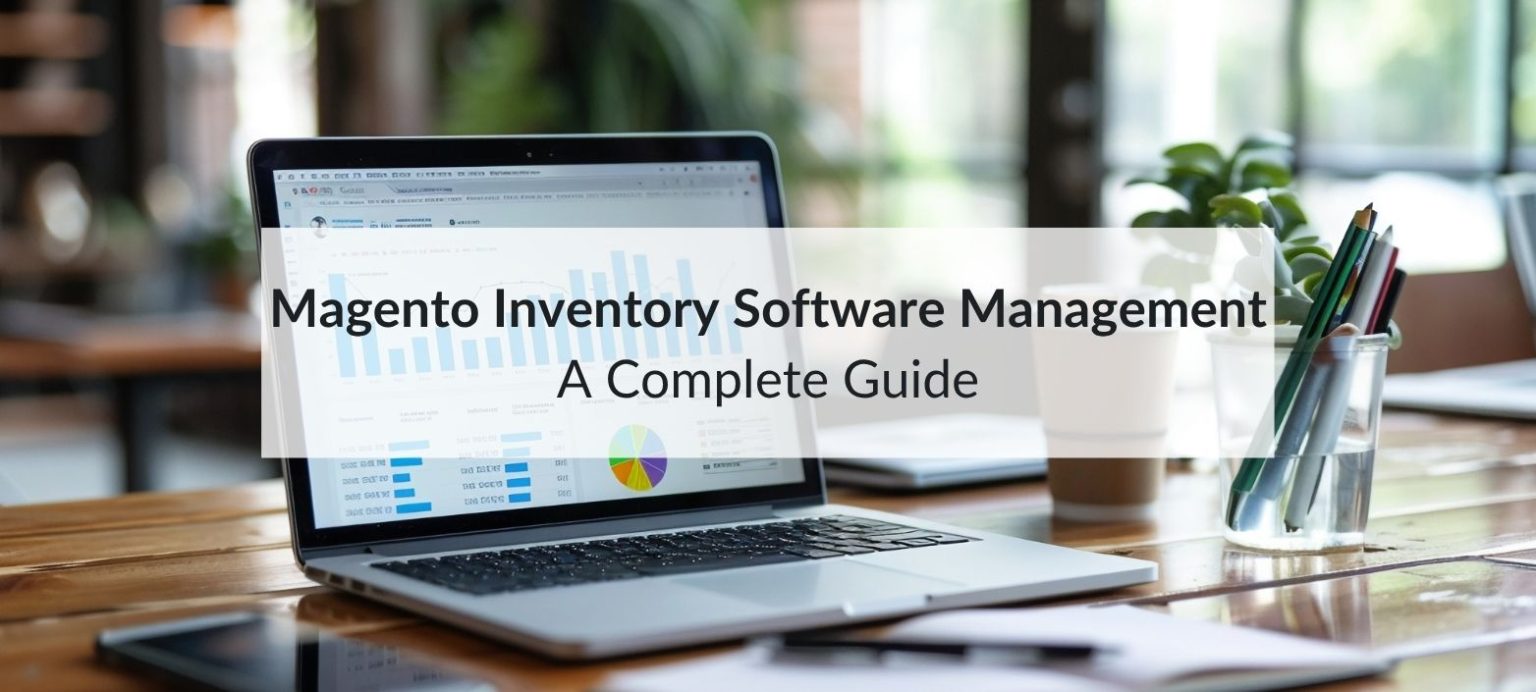Managing your inventory efficiently is one of the most critical parts of running a successful Magento store. If you’re struggling with overselling, stockouts, or manually tracking quantities, it’s time to explore the power of Magento inventory software management.
In this guide, we’ll walk you through the built-in Magento tools, advanced stock settings, top inventory management extensions, and best practices for keeping your stock levels under control—whether you manage a single store or a multi-warehouse operation.
Magento’s Native Inventory Management Features
General Inventory Settings in Magento 2
Magento 2 offers robust built-in inventory settings. To configure them:
- Go to Stores > Configuration > Catalog > Inventory
- Update Stock Options and Product Stock Options to match your workflow
Some useful settings here include:
- Decrease stock when order is placed
- Automatically return credit memo items to stock
- Display out-of-stock products
Use these settings to lay the groundwork for accurate stock visibility and customer satisfaction.
Advanced Inventory Settings per Product

Each product in Magento can have its own inventory rules. Here’s how to access them:
- Navigate to Catalog > Products
- Click Edit on any product
Scroll to Advanced Inventory in the settings
From here, you can:
- Set Out-of-Stock Thresholds
- Enable or disable Backorders
- Define Minimum and Maximum Qty Allowed in Cart
- Set Quantity Increments
Best Magento Inventory Extensions for Scaling
While Magento’s native tools work well for small to medium stores, third-party tools offer more powerful features for scaling.
Top Magento Inventory Management Extensions:
- Amasty Multi-Warehouse Inventory – Ideal for managing multiple warehouses
- Wyomind Advanced Inventory – Excellent for granular stock sync across locations
- Magestore Inventory Management – Full-suite solution with purchase and supplier management
- AppJetty MageMob Inventory – Perfect for mobile inventory tracking
- Aitoc Inventory Management – Great for cluster-based stock visibility
Tip: Choose an extension that supports your warehouse setup and integrates with your ERP.
Multi-Source Inventory (MSI) in Magento
Magento 2’s Multi-Source Inventory (MSI) feature lets you manage inventory across different locations like:
- Physical stores
- Warehouses
- Fulfillment centers
How to Configure MSI:
- Navigate to Stores > Inventory > Sources
- Add and configure different inventory sources
- Assign products to specific sources based on availability and fulfillment strategy
Best Practices for Magento Inventory Management
Optimising Magento inventory software management means going beyond setup. These strategies help reduce costs, avoid overstocking, and improve CX.
1. Just-In-Time Inventory (JIT)
Minimise storage costs by ordering stock only when it’s needed.
2. FIFO and LIFO
Use First In, First Out or Last In, First Out depending on product type (e.g., perishable vs tech).
3. Demand Forecasting
Predict sales trends using historical data and seasonality. Many ERP-integrated tools now include this feature.
4. Par Levels
Set minimum quantities for automatic restocking alerts.
5. ABC Analysis
Group inventory based on importance and value (A = high-value, low-quantity, C = low-value, high-quantity).
6. Automated Stock Replenishment
Use automation rules or tools like Magestore or Brightpearl to restock fast-selling SKUs automatically.
Integrate With ERP and POS Systems
Magento becomes more powerful when connected to enterprise resource planning (ERP) or point-of-sale (POS) systems.
Popular integrations:
- Odoo
- SAP
- Netsuite
- Brightpearl
- Microsoft Dynamics
These integrations enable:
- Real-time stock syncing
- Centralised product data
- Streamlined purchase orders and returns
Inventory Reports & Insights
Magento lets you monitor stock levels under Reports > Products > Low Stock, but for deeper insights, third-party tools or ERP systems are essential.
Track:
- SKU performance
- Dead stock
- Forecast accuracy
- Stock turnover ratio
Inventory and Customer Experience
Inventory software isn’t just about logistics—it plays a big role in customer satisfaction.
- Show real-time stock on product pages
- Enable backorders with accurate delivery ETAs
- Group buying or tiered quantity pricing for B2B
- Prevent overselling with low stock thresholds
Customers are more likely to trust a brand that shows accurate, up-to-date stock information.
💬 Magento Inventory FAQs
What’s the difference between Magento’s native inventory and third-party software?
Magento’s native tools are great for basic control. Third-party tools add automation, forecasting, warehouse management, and ERP/POS integration.
How can I avoid overselling?
Use real-time inventory sync, backorder rules, and out-of-stock thresholds. Connect an ERP for high-volume stock control.
Can I automate inventory reports?
Yes. Magento does not generate automated reports by default, but extensions like Wyomind and ERP platforms offer automation features.
What's the best Magento inventory management solution for multiple locations?
Amasty or Wyomind offer great support for multi-warehouse setups with dynamic stock routing and shipping rules.
Summary
Using Magento inventory software management effectively means:
- Mastering native tools like MSI and stock options
- Enhancing with the right third-party extensions
- Forecasting demand and automating where possible
- Connecting to ERPs for multi-location accuracy
- Monitoring performance through reports
With the right system in place, your store will not only reduce costly errors but also improve the customer shopping experience and scale faster.

